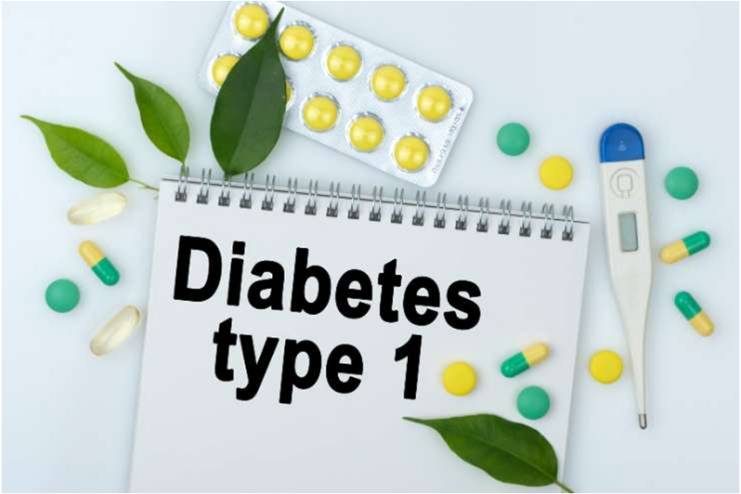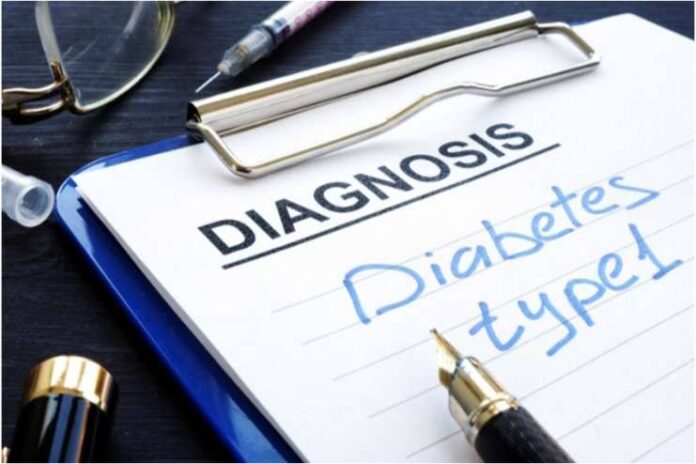Affiliate Disclaimer
Some links in this article are affiliate links. We may earn a small commission if you make a purchase through these links, at no extra cost to you. We only recommend products we find useful to our readersType 1 diabetes is a chronic illness also referred to as juvenile diabetes or insulin-dependent diabetes. In this situation, the pancreas produces little or no insulin. Several variables, including genetics, can bring on type 1 diabetes. Although type 1 diabetes usually first appears in infancy or adolescence, it can also affect adults. Despite much research, there is still no cure for type 1 diabetes. Treatment focuses on using insulin, diet, and lifestyle modifications to control blood sugar levels to prevent these issues.
Understanding Type 1 Diabetes
Type 1 Diabetes is an autoimmune disease in which the body’s immune system attacks and kills insulin-producing cells in the pancreas, causing the chronic illness known as Type 1 Diabetes, which has no known cure. Type 2 Diabetes, on the other hand, is linked to lifestyle choices and insulin resistance.
In both cases, the insulin deficiency causes blood sugar levels to rise, requiring continuous regulation through insulin therapy.
Type 1 Diabetes can occur at any age; however, it most commonly occurs in childhood or adolescence.
In autoimmune diseases like Type 1 Diabetes, the body’s immune system attacks the pancreas, playing a significant role in the disease’s development. Given the substantial differences in the management of Type 1 and Type 2 Diabetes, it is imperative to comprehend these distinctions to facilitate appropriate diagnosis and treatment.
Risk Factors of Type-1 Diabetes

- Family history
- Age
- Geographic and Ethnic Triggers
- Molecular biology
Symptoms of Type-1 Diabetes

1. Frequent Urination
Frequent urination is called polyuria. Adults normally urinate about 1-2 liters, but someone with Type 1 diabetes may urinate more than 3 liters a day, including excessive urination at night. This happens because the kidneys try to eliminate excess blood sugar through urine. Essentially, more sugar in the blood, more urine.
2. Excessive Thirst
Excreting excess sugar into the urine triggers frequent urination, leaving you dehydrated and making you feel more thirsty.
3. Fatigue
You may feel fatigued. Lack of insulin causes the sugar to not be absorbed by the cells, leaving your cells undernourished. Additional factors like dehydration from excess urination can also cause the body to be tired.
4. Unexplained Weight Loss
Diabetes affects how the body manages sugar, which can lead to unexpected weight loss. High blood sugar levels force the body to frequently urinate to flush out the extra sugar, which also burns calories. At the same time, diabetes prevents sugar from entering the cells, leaving them starved for energy. It causes persistent hunger, but because the body cannot process sugar from meals, it begins to break down the muscle and fat for energy, which causes weight loss.
5. Blurred Vision
Diabetes symptoms may sometimes involve blurred vision. High blood sugar levels pull fluid from tissues, including the lenses of your eyes. This may affect your ability to focus, too. If diabetes is not treated, it may cause new blood vessels to form in your retina and the back of your eye, damaging the established blood vessels. For most people, the early stages of diabetes may not cause vision problems. If you do not treat these issues, they may cause vision loss and blindness.
6. Slow-Healing Sores or Frequent Infections
Doctors have observed that infection seems more common if you have diabetes. High blood sugar levels impair your body’s natural healing process and your ability to fight infections. For women, bladder and vaginal infections are common.
7. Tingling Sensation in Hands and Feet
Excess sugar in your blood can lead to nerve damage. You may experience tingling and loss of sensation in your hands and feet. You may also have burning pain in your arms, legs and feet.
8. Red, Swollen, and Tender Gums
Diabetes may weaken your ability to fight germs. It may increase the risk of infection in your gums and bones that hold your teeth in place. Your gums may pull away from your teeth, or your teeth may become loose. You may also develop sores or pockets in your gums.
9. Increased Hunger
With diabetes, you will feel hungry. This is because your body has not used calories but lost all the sugar through urination.
If you notice any diabetes symptoms, contact your doctor. The earlier it is diagnosed, the sooner the treatment can be given. Diabetes is a serious condition. But with the doctor’s help, you can enjoy a happy life.
Diabetic Ketoacidosis (DKA)
One of Type 1 Diabetes’s most dangerous and sometimes fatal complications is diabetic ketoacidosis (DKA). It happens when the body begins metabolizing fat for energy when it cannot create insulin, which causes a buildup of ketones in the blood. Elevated blood acidity caused by ketones upsets the body’s regular processes and results in diabetic ketoacidosis (DKA).
DKA symptoms include:
- Nausea
- Vomiting
- Abdominal pain
- Increased thirst
- Frequent urination
- Disorientation
- Fruity-smelling breath
If treatment is not received on time, these symptoms may worsen quickly and lead to a coma or even death. Severe dehydration, missing insulin doses, and illnesses are common causes of DKA.
Treat DKA as a medical emergency as soon as it manifests. Properly administering insulin, fluids, and electrolyte replacement to stabilize the patient and avoid serious complications is imperative. For those with Type 1 Diabetes, knowing the warning signs of DKA and getting emergency care can mean the difference between life and death.
-
Feb 2017Written by Pradeepa Polineni
-
Sep 2024Edited by Ankita
In this Article


















